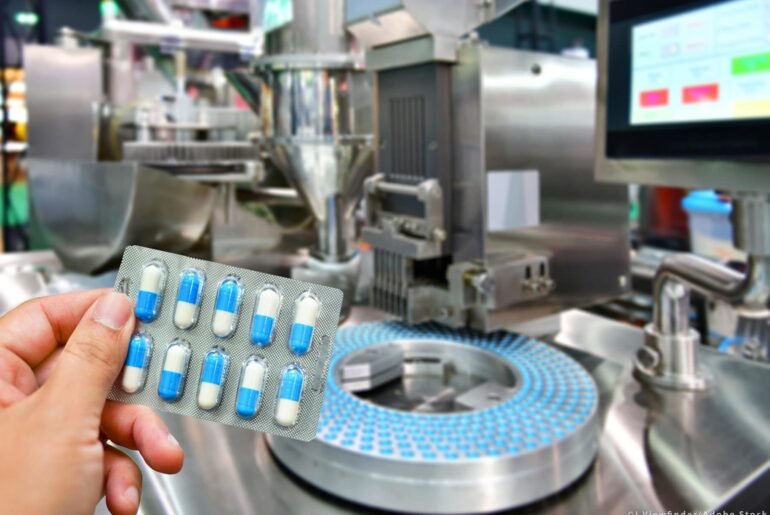Wound care is an essential part of medical science, with billions invested annually to find ways to accelerate healing, reduce infections, and improve patient comfort. Among the latest advances in this field is the development of innovative wound dressings made from composite aerogels, composed of cellulose fibres and acid collagen. These materials are increasingly recognized for their biocompatibility, superior mechanical properties, and ability to manage moisture—crucial attributes for efficient wound healing. This post explores the…
Introduction In recent years, advancements in nanosensor technology have opened up a world of possibilities for biomolecular detection, bringing incredible precision and sensitivity to fields like diagnostics and imaging. Among the most exciting innovations is a nanosensor platform that enhances fluorescence signals by an impressive 100x, a breakthrough with far-reaching implications. This technology is paving the way for more accurate, early detection of diseases, highly detailed imaging solutions, and more efficient diagnostics, transforming the healthcare…
Introduction In the ever-evolving world of healthcare, early disease detection is a top priority. It’s well-documented that detecting diseases in their initial stages can drastically improve patient outcomes and increase survival rates. Traditional diagnostic tools, however, often fall short in identifying diseases at their earliest stages, particularly when dealing with conditions like cancer, cardiovascular diseases, or neurodegenerative disorders. This is where nanosensors come into play. Nanosensors represent a new frontier in medical diagnostics, combining nanotechnology…
Introduction Nanotechnology has revolutionized various industries, and bioengineered nanomaterials are at the forefront of this transformation. These nanomaterials, which are engineered at the molecular level, are increasingly finding applications in medicine, food, and cosmetics. The unique properties of bioengineered nanomaterials—such as their nanoscale size, surface reactivity, and enhanced functional performance—make them valuable in areas ranging from targeted drug delivery systems to food packaging and anti-aging skincare products. In this blog post, we will explore how…
Introduction In recent years, the development of nano-formulations of drugs has revolutionized the healthcare industry. These novel drug delivery systems leverage the unique properties of nanoparticles to enhance the efficacy, safety, and specificity of therapeutics. Nano-formulations involve the manipulation of drugs at the nanoscale level (1-100 nm), allowing for targeted delivery, prolonged circulation, and improved bioavailability. These advancements hold significant potential for treating a wide range of diseases, including cancer, cardiovascular conditions, neurological disorders, and…





